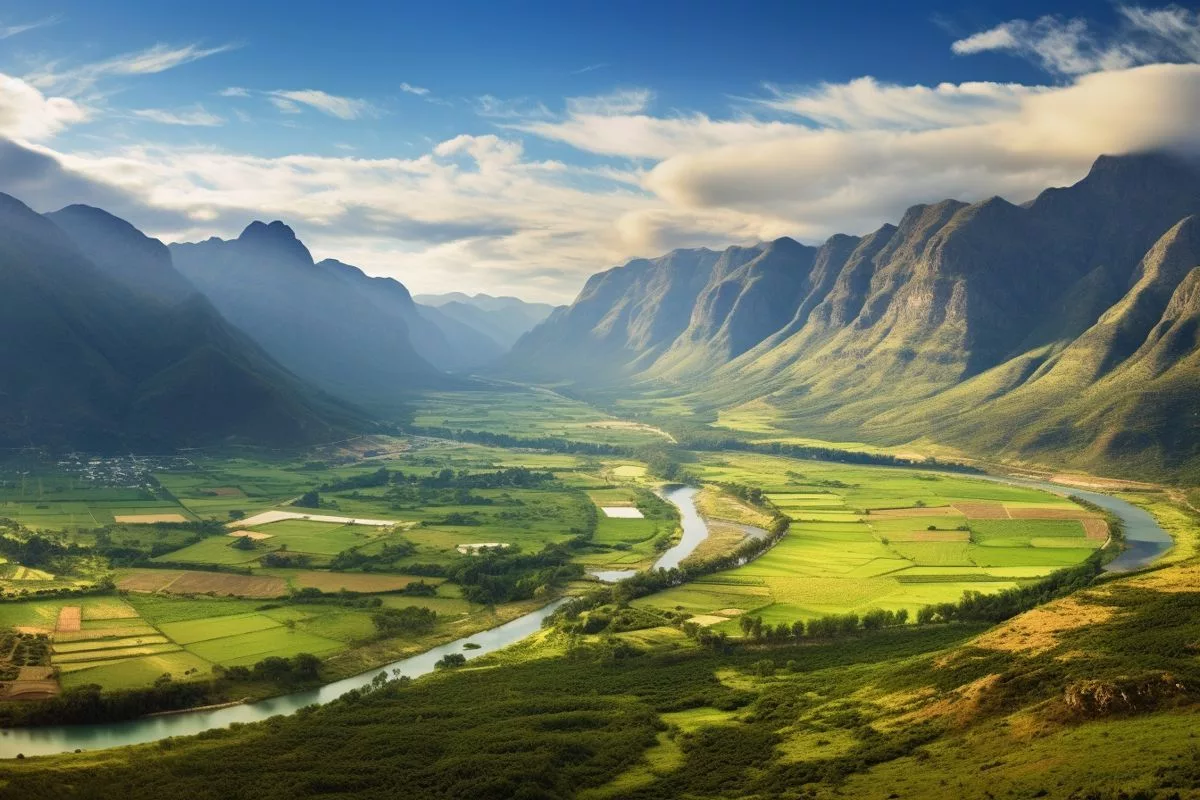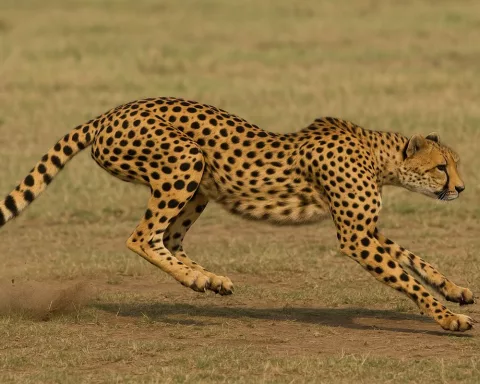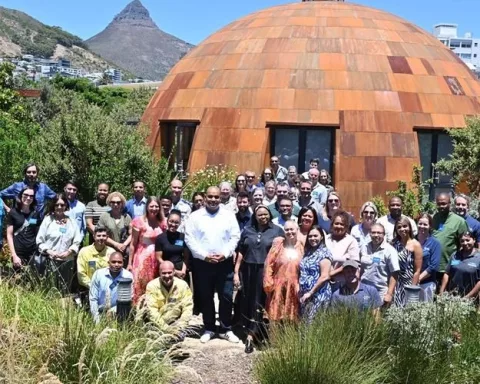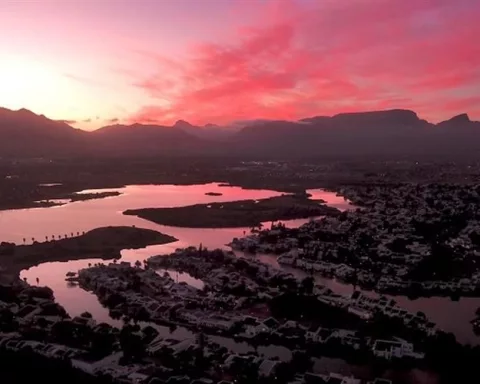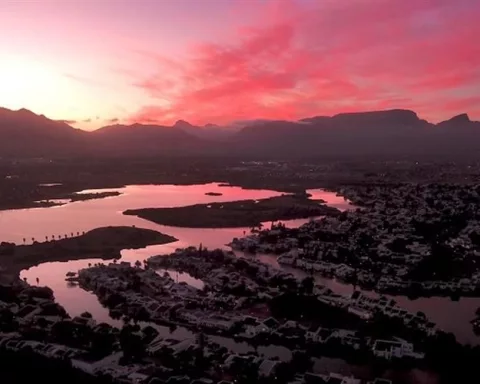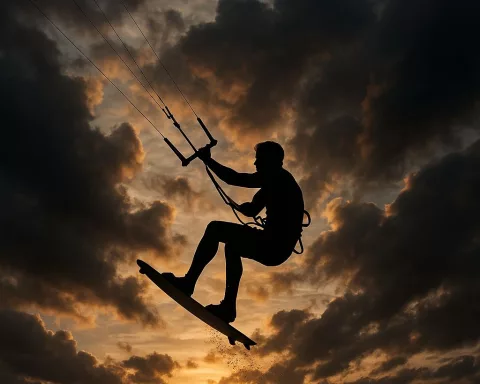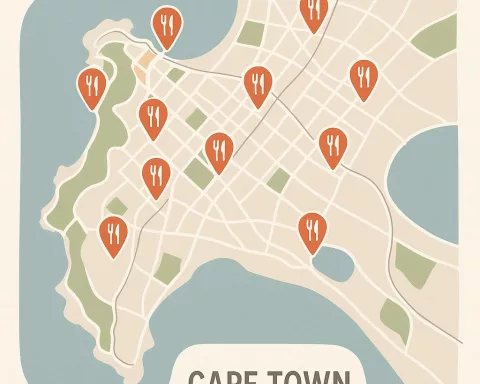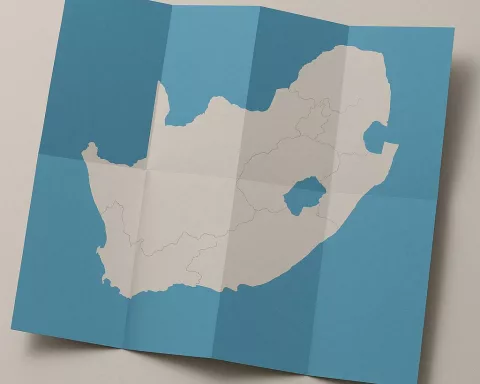The Jonkershoek and Assegaaibosch Nature Reserves in South Africa are a breathtaking wilderness experience, with awe-inspiring mountains, rich flora and fauna, and enchanting trails leading to captivating rock pools and waterfalls. Visitors can also explore the historic Assegaaibosch farmstead, dating back to 1792. CapeNature plays a crucial role in conserving ecosystems and species, while their Biodiversity Stewardship program aims to establish agreements with landowners and support them in managing their properties based on sound conservation management principles. These reserves are a vital part of South Africa’s natural heritage, demonstrating their commitment to biodiversity conservation and sustainable tourism.
Situated near the charming town of Stellenbosch, the Jonkershoek and Assegaaibosch Nature Reserves offer a captivating wilderness experience. In this article, we will explore the magnificent reserves and their diverse offerings.
Awe-inspiring Jonkershoek Mountains
The Jonkershoek Mountains, part of the Boland Mountains, are a stunning range that attracts hiking enthusiasts. The mountains are the source of various rivers, including Eerste, Berg, Lourens, and Riviersonderend. The Eerste River flows through the picturesque Jonkershoek valley, adding to the area’s enchanting ambiance.
Rich Flora and Fauna
The Jonkershoek and Assegaaibosch Nature Reserves cover around 9,800 hectares and boast over 1,100 plant species, small mammals, birds, and reptiles, providing visitors with a rich immersion in nature. However, hikers should beware of indigenous snakes, such as berg adders, puff adders, boomslang, and Cape cobras.
Historic Assegaaibosch Farmstead
While the Jonkershoek reserve is vast, the Assegaaibosch reserve, covering 204 hectares, is home to the historic Assegaaibosch farmstead. The farmstead is a national monument dating back to 1792, and both reserves have the prestigious status of World Heritage Sites, reflecting their cultural and natural significance.
Weather and Seasons
Jonkershoek experiences seasonal weather patterns, with hot summers and cold, wet winters. During colder months, visitors may witness snow dusting the mountain peaks. It’s essential to note that weather conditions can change rapidly.
Thrilling Outdoor Activities
For more adventurous travelers, the Department of Forestry facility offers challenging routes over rugged, mountainous terrain, while mountain biking at Jonkershoek Nature Reserve incurs an additional cost due to the area being managed by MTO Forestry.
Enchanting Trails and Waterfalls
The reserves’ trails lead to captivating rock pools and waterfalls, thanks to the four rivers originating in the Jonkershoek Mountains. The trails have daily cut-off times to ensure hikers’ safety and exit schedules.
Accessibility and Permits
The reserves are easily accessible from Cape Town via the N2 highway, and permits for the Jonkershoek hiking trails can be purchased online or in-person at the MTO gate. The operating hours change with the seasons, offering flexibility for visitors.
CapeNature’s Crucial Role
CapeNature’s protected areas play a crucial role in conserving ecosystems and species while significantly contributing to socioeconomic upliftment, particularly in rural areas, through job creation opportunities. The organization has 16 nature reserve complexes, including marine protected areas and protected areas of high biodiversity conservation value.
Biodiversity Stewardship Program
CapeNature collaborates with private landowners, communities, agricultural businesses, and other stakeholders to ensure biodiversity flourishes outside protected areas, benefiting local communities. The organization’s Biodiversity Stewardship program aims to establish agreements with landowners and support them in managing their properties based on sound conservation management principles.
The Jonkershoek and Assegaaibosch Nature Reserves, along with CapeNature’s other protected areas, demonstrate South Africa’s commitment to biodiversity conservation and sustainable tourism. These reserves are an essential part of the country’s natural heritage, underscoring the importance of nature reserves in both environmental protection and socioeconomic development.
1. What kind of experience can visitors expect at Jonkershoek and Assegaaibosch Nature Reserves?
Visitors can expect a breathtaking wilderness experience with awe-inspiring mountains, rich flora and fauna, and enchanting trails leading to captivating rock pools and waterfalls. They can also explore the historic Assegaaibosch farmstead, dating back to 1792.
2. What kind of animals can visitors see at the reserves?
The reserves boast over 1,100 plant species, small mammals, birds, and reptiles. However, visitors should beware of indigenous snakes, such as berg adders, puff adders, boomslang, and Cape cobras.
3. How can visitors access the reserves?
The reserves are easily accessible from Cape Town via the N2 highway, and permits for the Jonkershoek hiking trails can be purchased online or in-person at the MTO gate.
4. What kind of outdoor activities are available at the reserves?
For more adventurous travelers, the Department of Forestry facility offers challenging routes over rugged, mountainous terrain, while mountain biking at Jonkershoek Nature Reserve incurs an additional cost due to the area being managed by MTO Forestry.
5. What is CapeNature’s role in conserving ecosystems and species?
CapeNature plays a crucial role in conserving ecosystems and species, with their Biodiversity Stewardship program aiming to establish agreements with landowners and support them in managing their properties based on sound conservation management principles.

